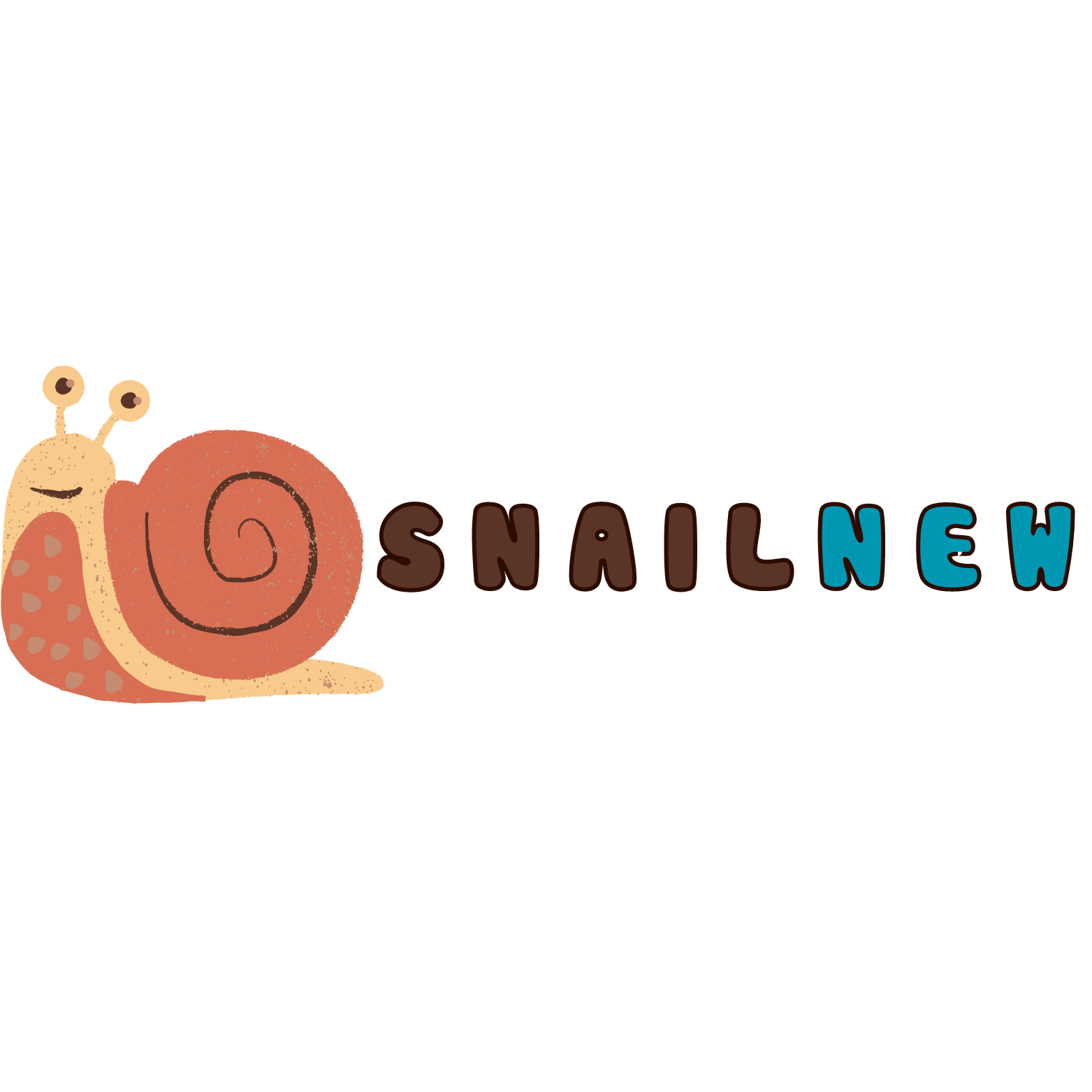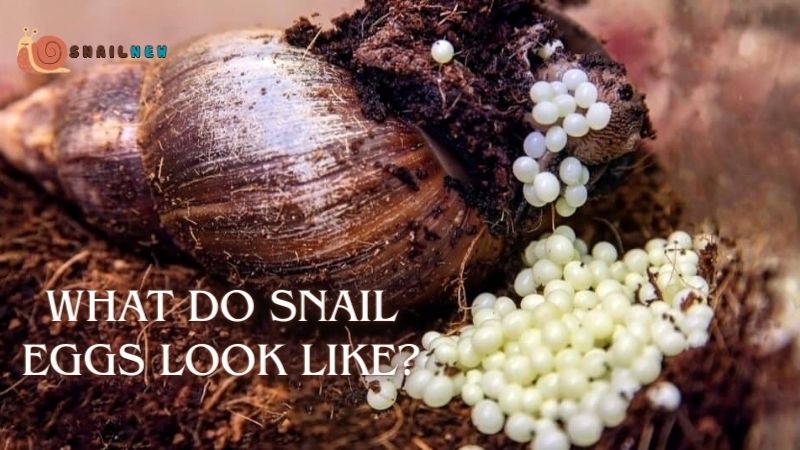Snails, with their slow and deliberate pace, often go unnoticed in the bustling world around us. Yet, these fascinating creatures play a crucial role in various ecosystems, and their reproductive process, including the appearance of their eggs, is equally intriguing. In this comprehensive guide, Snailnew delve into the intricate what do snail eggs look like, exploring their appearance, diversity, and significance.
Table of Contents
ToggleWhat Do Snail Eggs Look Like?
The question “What do snail eggs look like?” serves as the gateway to understanding the reproductive cycle of these gastropods. Snail eggs, like those of many other organisms, vary greatly depending on species. However, they generally share some common characteristics. Snail eggs often appear as small, translucent, or white capsules, resembling tiny pearls scattered across the environment. Their shape can range from spherical to oval, and they are typically found clustered together in gelatinous masses.

The Diversity of Snail Eggs
To truly appreciate the diversity of snail eggs, one must first acknowledge the vast array of snail species inhabiting different ecosystems worldwide. From the tiny garden snails found in suburban gardens to the giant African land snails dwelling in tropical regions, each species exhibits unique traits, including the appearance of their eggs.

In the depths of freshwater bodies, aquatic snails lay their eggs in gelatinous masses attached to underwater plants or rocks. These translucent capsules contain developing embryos, safeguarded within the protective embrace of their aquatic environment. In contrast, terrestrial snails deposit their eggs in moist soil or leaf litter, ensuring a suitable microhabitat for their development.
The size of snail eggs also varies significantly. Some species produce eggs barely visible to the naked eye, while others produce larger eggs measuring several millimeters in diameter. This diversity reflects the adaptability of snails to a wide range of environmental conditions, from arid deserts to lush rainforests.
The Significance of Snail Eggs
Beyond their aesthetic appeal, snail eggs play a vital role in the survival and propagation of snail populations. As the progenitors of future generations, these eggs serve as the building blocks of snail communities, replenishing populations and maintaining ecological balance.

For predators such as birds, amphibians, and insects, snail eggs represent a valuable source of nutrition. The gelatinous mass surrounding the eggs not only protects them from desiccation but also serves as a nutritious snack for opportunistic feeders. In this way, snail eggs contribute to the intricate web of life, sustaining both predator and prey populations within ecosystems.
Moreover, snail eggs serve as indicators of environmental health and habitat quality. By monitoring the abundance and distribution of snail eggs, scientists can assess the impact of pollution, habitat destruction, and climate change on freshwater and terrestrial ecosystems. Changes in the reproductive success of snails can signal broader ecological shifts, prompting conservation efforts to mitigate threats and preserve biodiversity.
Conservation Challenges and Solutions
Despite their ecological significance, snails face numerous challenges, including habitat loss, pollution, and invasive species. Human activities such as urbanization, agriculture, and deforestation encroach upon snail habitats, disrupting their reproductive cycles and diminishing population numbers. Pollution from agricultural runoff, industrial discharge, and household chemicals further degrades aquatic and terrestrial environments, rendering them inhospitable to snails and their eggs.
Invasive species pose a particularly grave threat to native snail populations. Intentionally or inadvertently introduced to new regions, invasive snails outcompete native species for resources and disrupt delicate ecological balances. Additionally, some invasive species prey upon native snails and their eggs, exacerbating population declines and jeopardizing ecosystem integrity.
To address these conservation challenges, scientists and conservationists employ a combination of strategies, including habitat restoration, invasive species management, and public education. Restoring degraded habitats, such as wetlands and riparian zones, provides essential breeding grounds for snails and promotes the recovery of dwindling populations. Additionally, controlling the spread of invasive species through targeted eradication efforts and regulatory measures helps safeguard native snail communities from displacement and extinction.
Public education and outreach initiatives play a crucial role in raising awareness about the importance of snails and their eggs in ecosystem functioning. By fostering appreciation for these often-overlooked creatures, conservationists inspire communities to take action to protect and preserve snail habitats. Citizen science projects engage volunteers in monitoring snail populations and tracking changes in their reproductive success, empowering individuals to contribute to scientific research and conservation efforts.
Conclusion
In conclusion, the question “What do snail eggs look like?” serves as a portal into the intricate world of snail reproduction and ecology. Snail eggs, with their diverse shapes, sizes, and habitats, embody the resilience and adaptability of these remarkable gastropods. Beyond their aesthetic beauty, snail eggs play a vital role in sustaining ecosystems, serving as indicators of environmental health and habitat quality.
As stewards of the natural world, it is incumbent upon us to protect and preserve snail habitats for future generations. By understanding the significance of snail eggs and addressing the conservation challenges they face, we can ensure the continued survival of these fascinating creatures and the ecosystems they inhabit.
Related Posts:
- Exploring the Pace of Nature: How Fast Are Snails?
- Exploring the Lifespan of Snails: How Long Do Snails Live?
- The Fascinating Process of Snail Laying Eggs: A Closer Look
- How Do Snails Breed? The Fascinating World of Snail…
- Understanding the Fascinating Snail Life Cycle: A…
- Do Snails Bite? Demystifying the Misconception


